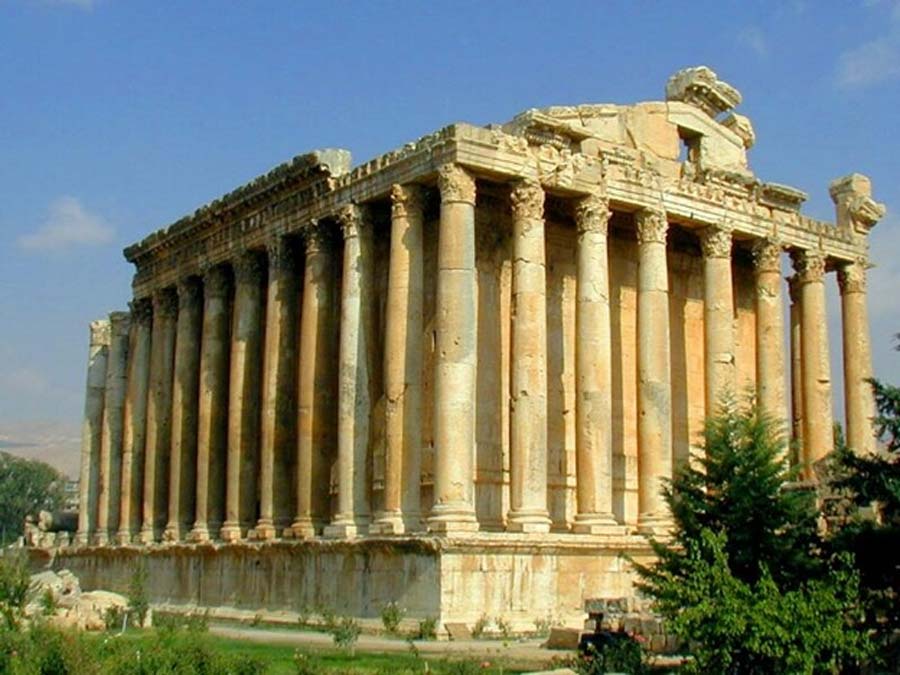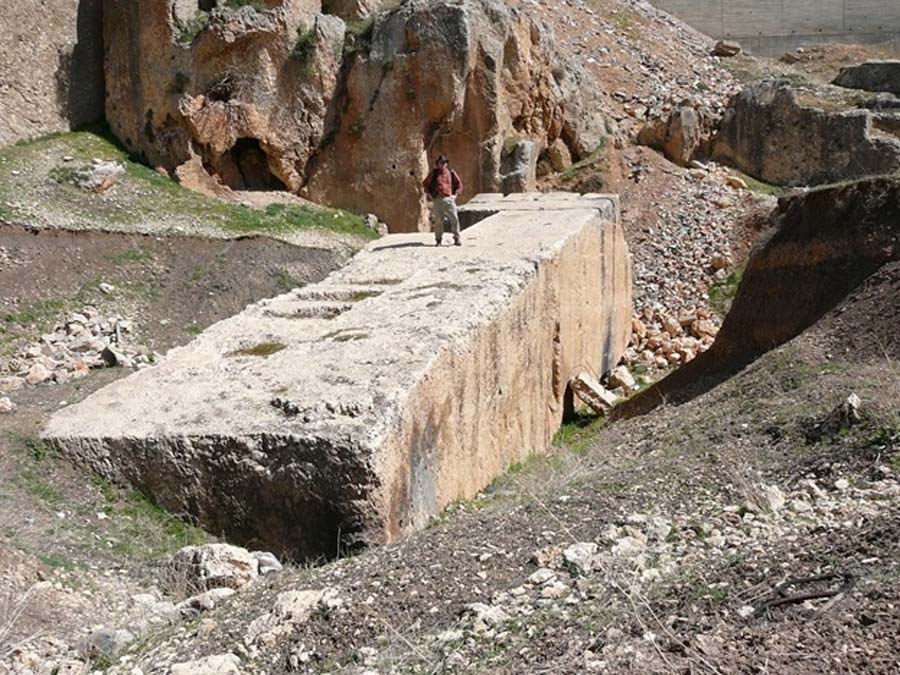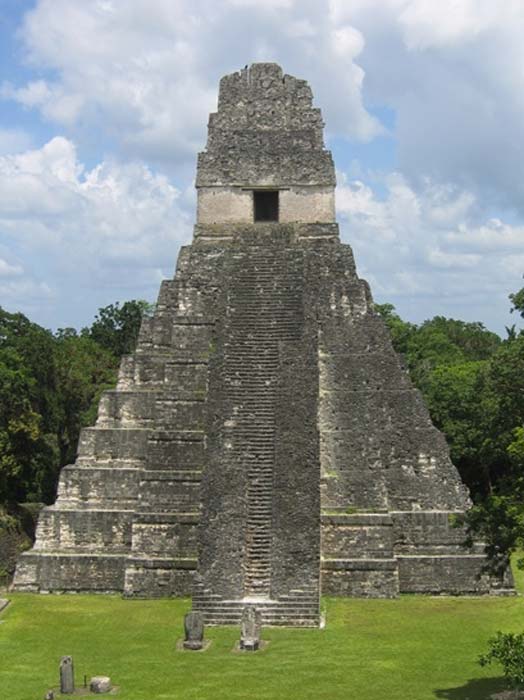
Questing the Most Impressive Ancient Religious Temples in the World
What is the largest temple ever built on earth and do these man-made structures reveal secrets relating to the cosmos? To begin the quest for the largest religious temple, one needs to establish what exactly a temple actually is. In ancient Greece a temple was a delineated space where rituals were performed, but today the word is generally used to describe not a sacred space, but structures reserved for religious and spiritual activities. However, not every religion uses the word ‘temple’. Western Christian traditions call their holy spaces churches, chapels and cathedrals and true temples are mainly found in Eastern and South American cultures.
Largest Stone Blocks: Baalbek
Also called Heliopolis (Sun city) or Baalbek, the vast and impressive archaeological site located in northeastern Lebanon is home to two of the largest temples in the ancient world. The hilltop of Tell Baalbek has been continually occupied over the last 8,000 to 9,000 years and at the beginning of the first century BC a mega-structure was raised, that took Roman builders over two centuries to complete; three temples dedicated to Jupiter, Bacchus and Venus covering over seven square kilometers (2.70 square miles).

Baalbek temple complex boasts two of the largest Roman temple ruins: The Temple of Bacchus, as shown in this photograph and the Temple of Jupiter. (CC BY-SA 3.0)
The first two are the largest temples in the empire with the Temple of Jupiter boasting 54 enormous granite columns extending into the sky and the Temple of Bacchus was built in 150 AD measuring 69 meters by 36 meters ( 226 feet by 118 feet) with 42 Corinthian columns measuring 19 meters (62 feet) high. This site is also home to the largest building blocks on earth, with the largest single stone from the ancient world which was found underneath and next to a stone known as the ‘Stone of the Pregnant Woman’ (Hajjar al-Hibla). It measures around 19.6 meters by six meters by five and a half meters (64 feet by 20 feet by 18 feet) and is estimated to weigh about 1,650 tonnes (1,820 tons).

In the summer of 2014, a team from the German Archaeological Institute led by Jeanine Abdul Massih of the Lebanese University discovered what is known as the world's largest ancient block. (Public Domain)
Tallest: Tikal
The most expansive Mayan city which is now in modern-day Guatemala was Tikal, a vast jungle habitation which prospered between 200 to 900 AD with an estimated 200,000 inhabitants. David Webster’s 2002 book The Fall of the Ancient Maya: Solving the Mystery of the Maya Collapse
tells that traces of early agriculture dates as far back as 1000 BC and Mamon ceramics dating from about 700 to 400 BC were discovered in a subterranean chamber.
- The Forgotten Stones of Baalbek, Lebanon
- New study says great Maya city of Tikal literally dried up
- Akhenaten, the Savior of Karnak: Sun God Vs the Hidden One





